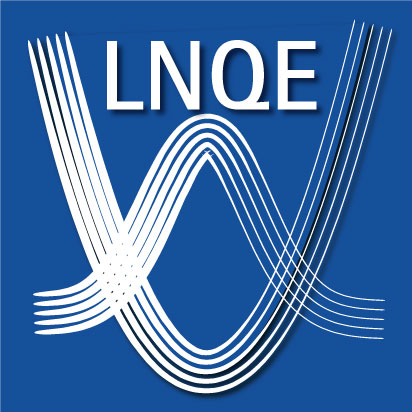Atomic memory with high density
| Leitung: | Supervisor: apl. Prof. Dr. Carsten Klempt, LUH, Institute of Quantum Optics. Co-Supervisor: Prof. Dr. Wolfgang Ertmer, LUH, Institute of Quantum Optics |
| Team: | Martin Quensen |
| Jahr: | 2020 |
Quantum systems of ultracold atoms can be employed to store information. If the atoms have two different internal levels, a quantum bit can be stored in the occupation of these levels. If all atoms are in the same external quantum state, in a so-called Bose-Einstein condensate, the number of possible internal states is limited - to the so-called symmetric states. This reduces the number of available states from 2N to N+1. Information can now be written into this state space by preparing the atoms in one of the two internal levels and transferring them into one of the N+1 states by means of high-frequency coupling.
In this project, we will investigate ways to increase the information density. For this purpose, we will manipulate the initially empty level. We will create a two-mode squeezed state by so-called Einstein-Podolsky-Rosen entanglement, which contains two squeezed quadratures by entanglement with an additional level. If we now use the same high-frequency coupling, we will be able to show that the density of writeable information is significantly higher, higher than in a system without entanglement.
The described project opens new possibilities for the use of ultracold, indistinguishable atoms for applications in the field of quantum information technology.






